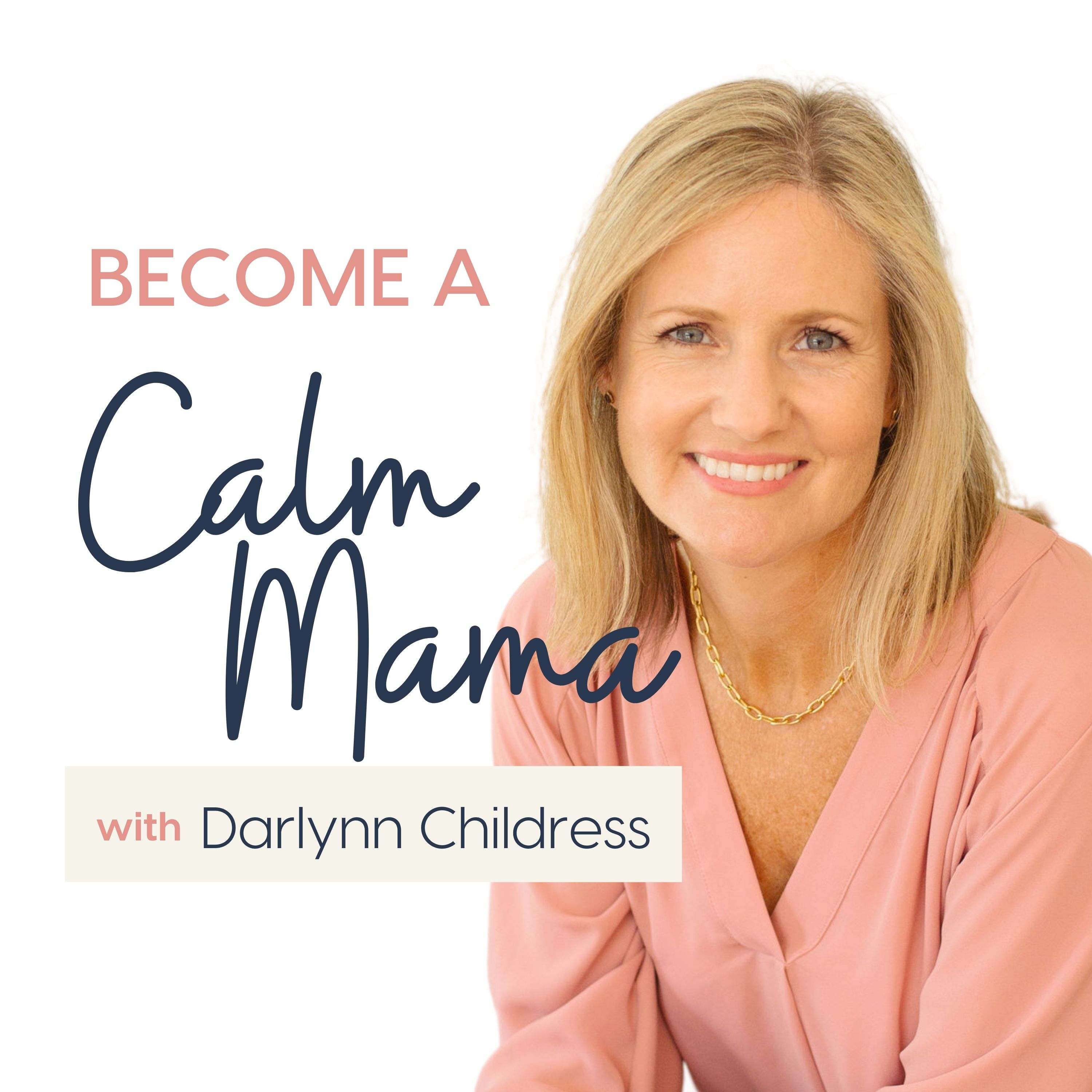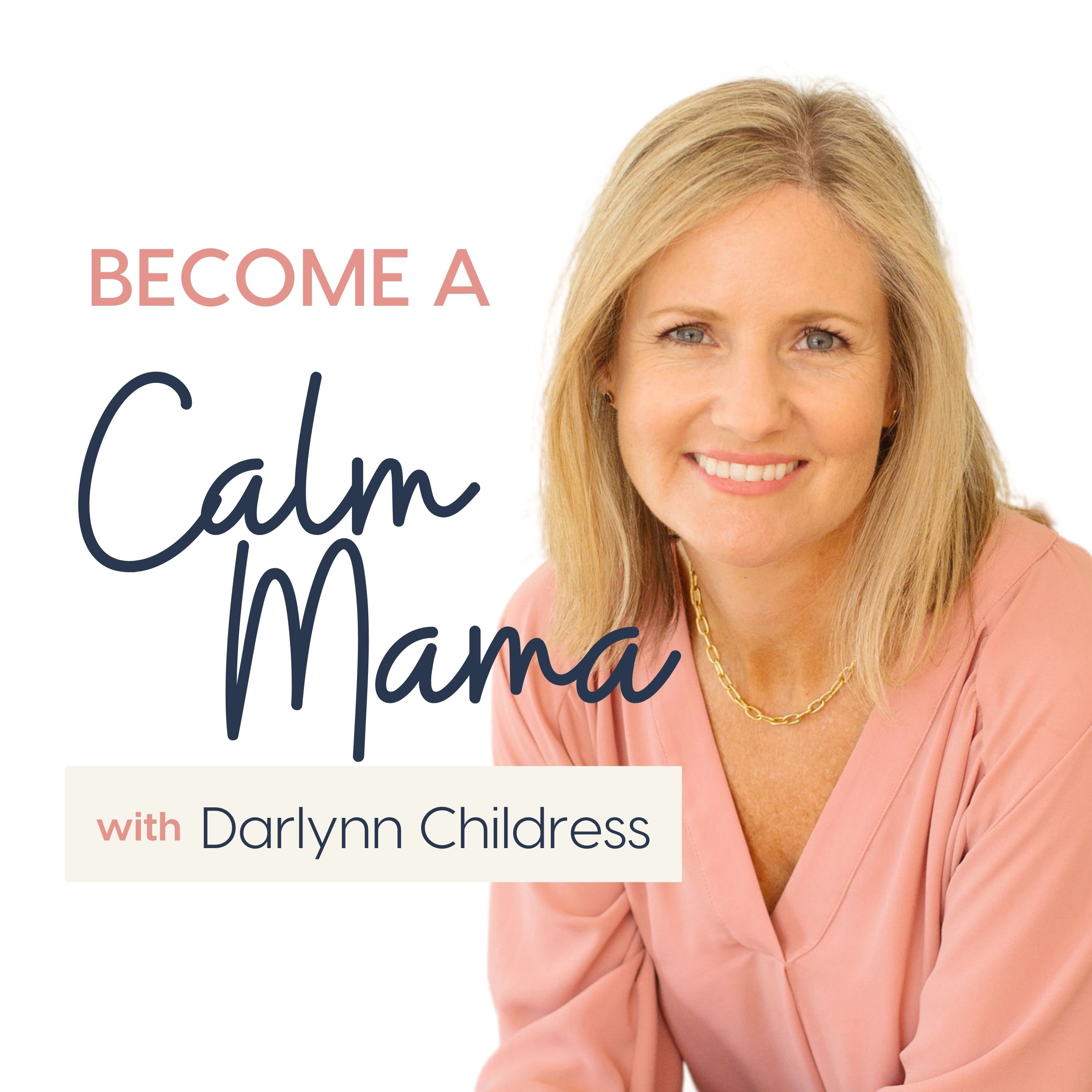
Video ini dibatasi usia untuk pemirsa di bawah +18
Buat akun atau login untuk mengonfirmasi usia Anda.
Parenting Through Puberty
Today we’re talking about puberty. If you have a tween or teen (or even a slightly younger kid), this episode is going to be so helpful. Our kids go through a lot of changes during puberty, so I’m helping you to understand what is actually going on in their bodies and with their hormones and how you can support your child through it all. What Is Puberty?Puberty is the name that we give to the combination of hormone-driven changes that happen inside the body right before and during adolescence. It’s the process of a child’s body growing, changing and maturing (pretty rapidly!) into an adult body. Puberty is triggered by the release of sex hormones. For girls, this can happen anywhere between ages 8 and 13, but is most common around age 10 or 11. For boys the range is closer to ages 9 to 14, with the most common onset between 11 and 13 years old. Note that as we are discussing biological processes, I am referring to gender assigned at birth.Just as the age of onset varies from person to person, the length of puberty varies, too. It can last a really long time, or it can go by quickly. Just as with other developmental milestones, everyone is on their own timeline. What To Expect During PubertyCommon signs of puberty for both boys and girls include oily skin and hair, increased perspiration and body odor and growth spurts. In girls, you’ll also notice breast development, growth of pubic and underarm hair, changes in their figure (e.g. widening hips) and the start of a menstrual cycle. Additional signs of puberty in boys include growth in the penis and testicles, growth of pubic, underarm and facial hair, ejaculations and changes in their voice. These physical changes are the ones we tend to be more familiar with. But there are also a lot of changes that happen with the brain and the stress response. In all of my programs, including the Emotionally Healthy Middle Schooler and the Emotionally Healthy Teen, we talk a lot about stress management and how to help kids regulate their emotions in a healthy way.During puberty and adolescence, there are two main things that are happening in the brain: Hormonal changes (which we’re going deep into today) and a process called pruning, which I’ll cover in next week’s episode. Hormones and the Stress Response During PubertyAs a quick refresh, a stressor is anything (physical or psychological) that your brain views as a threat, and hormonal systems within our body get activated to help us cope. The initial reaction comes from epinephrine (aka adrenaline) through our sympathetic nervous system. This is the fight or flight reaction. The second response is a bit slower and more regulated. Multiple glands and parts of the brain work together, using hormones like cortisol and dopamine, to respond to the stress response and calm our body back down. Basically, you get an energy boost so you have the ability to protect yourself against the threat. Once the threat is gone and we’ve moved through our stress response, our body sends the brain a message that we’re ok and the hormone production stops. During puberty, things get a little thrown off, because the system that is responsible for responding to stress is also responsible for creating all of the sex hormones (testosterone in boys and estrogen and progesterone in girls). Up to age 10, your kid is already working pretty hard to manage their stress response because they’re young. Then, we throw a whole influx of new hormones in the mix. The brain and body need to learn how to regulate these new hormones, and it takes a while. Completing a stress cycle can take 45 to 60 minutes longer in adolescents than in adults.

